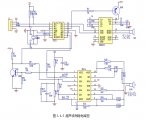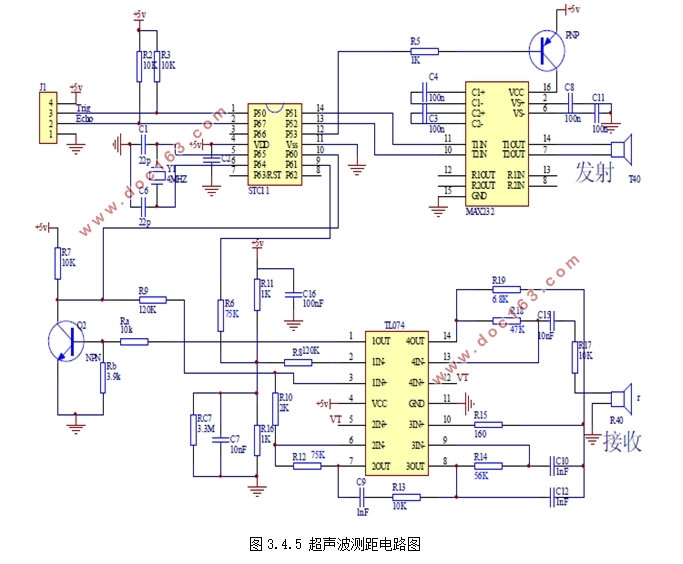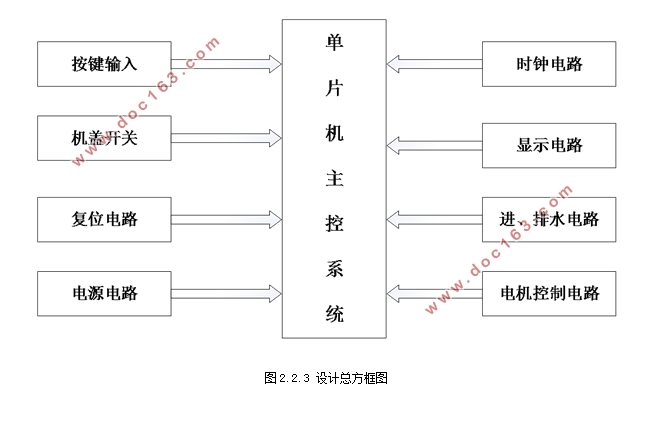基于51单片机的全自动滚筒洗衣机的控制系统的设计

基于51单片机的全自动滚筒洗衣机的控制系统的设计(论文12000字)
摘要:伴随着不断发展的现代计算机技术,各种不同型号的单片机已被大量地应用于智能控制的工作领域中。单片机依靠着其功能性高,适应性好,可靠性高,便于开发,方便携带,价格低廉等优点被广泛地使用于各种各样的电器中。本文主要研究基于51单片机的全自动滚筒洗衣机控制系统的实现。
本控制系统使用STC89C51单片机来作为控制核心芯片,同时配置必要的器件和外围电路,再借助I/O口输出用来帮助控制电动机运行和停止,通过STC89C51内部的定时器来实现中断从而完成记录洗衣时间和脱水时间的工作,与此同时要利用按键来实现各种洗衣参数的设置,再借助小型水泵模拟洗衣机的进水和出水,本论文将控制系统和51单片机的模块设计作为重点来阐述。
关键词:51单片机;直流电动机;系统模块;定时器
Control system of automatic drum washing machine based on 51 single chip microcomputer
Abstract:With the continuous development of modern computer technology, a variety of different types of SCM have been widely used in the field of intelligent control. The single chip microcomputer has been widely used in various kinds of electric appliances because of its high function, good adaptability, high reliability, easy development, convenient carrying, low price and so on. This paper mainly studies the realization of automatic drum washing machine control system based on 51 single chip microcomputer. [资料来源:https://www.doc163.com]
The control system uses the STC89C51 microcontroller as the control chip, and configure the necessary devices and the peripheral circuit, then help I/O output to help control the motor running and stop by STC89C51 internal timer to achieve record time to complete the washing and dehydration time interrupt the work, at the same time to achieve a variety of washing parameters by keys with the aid of a small water pump set, then simulate the washing machine water inlet and a water outlet, the module design of the control system and 51 single-chip microcomputer as the key to explain.
Key words:51 singlechip; DC motor; system module; timer
[资料来源:Doc163.com]


目 录
1 绪 论 1
1.1 本次设计的开发背景 1
1.2 目的和意义 2
1.3 国内外的发展现状和今后方向 2
1.3.1 国外 2
1.3.2 国内 2
1.3.3 洗衣机未来的方向 2
2 系统的总体设计 3
2.1 课题设计的主要任务 3
2.2 系统设计方案 4
2.2.1 按键的作用 4
[资料来源:Doc163.com]
2.2.2 模拟洗衣的步骤 4
2.2.3 设计的总体方框图 5
2.3 主要的系统功能 6
3 对于系统硬件方面的设计 7
3.1 洗衣机系统的组成电路 7
3.2 单片机的选择 8
3.2.1单片机具体的功能和组成 8
3.2.2具体芯片的选择 8
3.3 STC89R51的引脚功能 8
3.4 各个组成的控制电路 11
3.4.1电源 11
3.4.2显示 12
3.4.3按键控制 13
3.4.3直流电机 14
3.4.4时钟 15
3.4.5测距 16
3.5 总体电路 17
3.5.1对于PCB板的设计 17
3.5.2如何焊接PCB板子 19
4 对于系统软件方面的设计 20
4.1 主要程序 20
4.2 功能程序 21
4.2.1洗涤程序 21 [资料来源:www.doc163.com]
4.2.2漂洗程序 21
4.2.3脱水程序 22
4.2.4烘干程序 23
4.2.5高温自清洁程序 24
5 系统总体的调试 25
5.1 硬件方面的调试 25
5.2 软件方面的调试 25
6 总结 28
参 考 文 献 29
致谢 30 [资料来源:http://Doc163.com]
